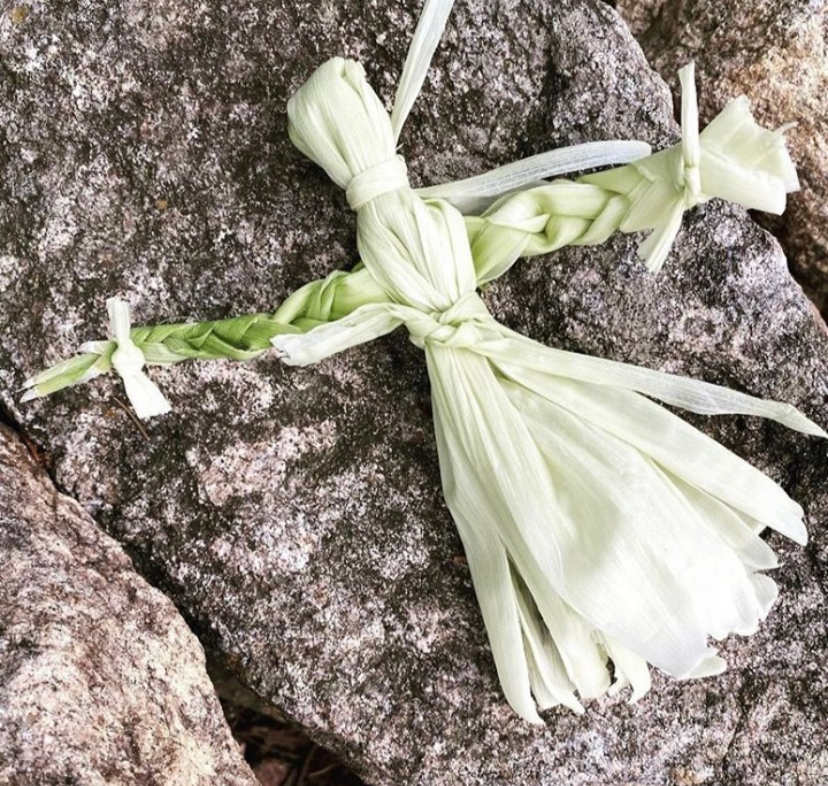
Some people make corn dollies for First harvest and some make them for Equinox and some make for neither just to celebrate fall. For whatever reason I associate them with Autumn Equinox and try to make a new one every year. She is supposed to be stored in the all year to ensure an abundant harvest. Then it goes in the fire on the next Equinox and her ashes are spread in the garden to come full circle.
Oddly enough, the “corn” in corn dolly generally refers to wheat, corn was slang for grain in medieval Europe which is actually why we now call maize corn. When colonists came to the US they just called the local grain (maize) corn because that’s what they were used. To confuse things further, there is also an American Indian tradition on making dolls from corn (maize) husks. Interestingly, the doll shape that I like to make and that you frequently see described as a corn dolly this time of year, is the American Indian style not the European one. European corn dollies are less likely yo be figurative taking a variety of shapes and patterns depending on local tradition.
Information is hard to come by about Indigenous corn doll history, but Northeastern tribes have been making corn husk dolls since the advent of corn agriculture thousands of years ago. Husks were also made in rope, baskets and mats. The European colonists adopted the practice of making figural dolls and then passed it on to enslaved Africans. The Oneida tribe has an interesting folktale about why the dolls have no face.Some suggest the dolls were just children’s toys and other believe they had symbolic meaning.
The general idea idea behind the European corn dolly is that the spirit of the corn (which in this case would be oats, wheat, rye or barley) “lived” in the last sheaf that was gathered at harvest time. Often a figure or traditional design would be made from this sheaf that would be preserved in the home until the following year. The idea being that spirit would then ensure that next year’s crop would germinate.
So with all of this interesting history in mind, I like to make my corn dolly out of corn/maize because I am North American and corn is such a symbolic plant in this place. I also use the figurative style, but reference some of the European traditions of harvest and abundance.
Making a Corn Dolly
These are fairly simple to make once you get the hang of it. I often use fresh corn husks because it’s easy and they are pliable, but they will shrink as they dry. The better option is to dry them and then soak them for a few minutes in a pan of water until they are pliable again. Honestly I love the pale green color of the fresh husks too.
Materials:
- corn husks fresh or dried (see not above)
- string (optional, I always uses pieces of husk instead)
Method:
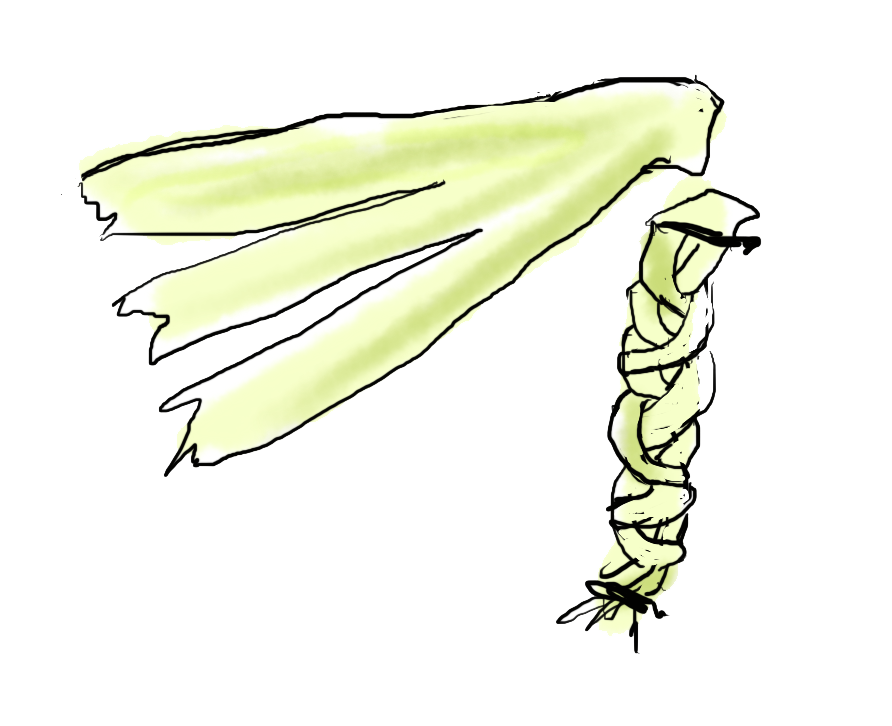
I always braid the arms, I am not entirely sure why, it’s just how I do it. You can leave them unbraided as well and most other tutorials do, but the first step in my process is to tear a husk into three pieces and then braid them. Tie the end with a small strip of husk or some string.
Next take 4-6 husks and wrap them over the braided arms you just made. You’ll tie them off first above the arms to make the head.
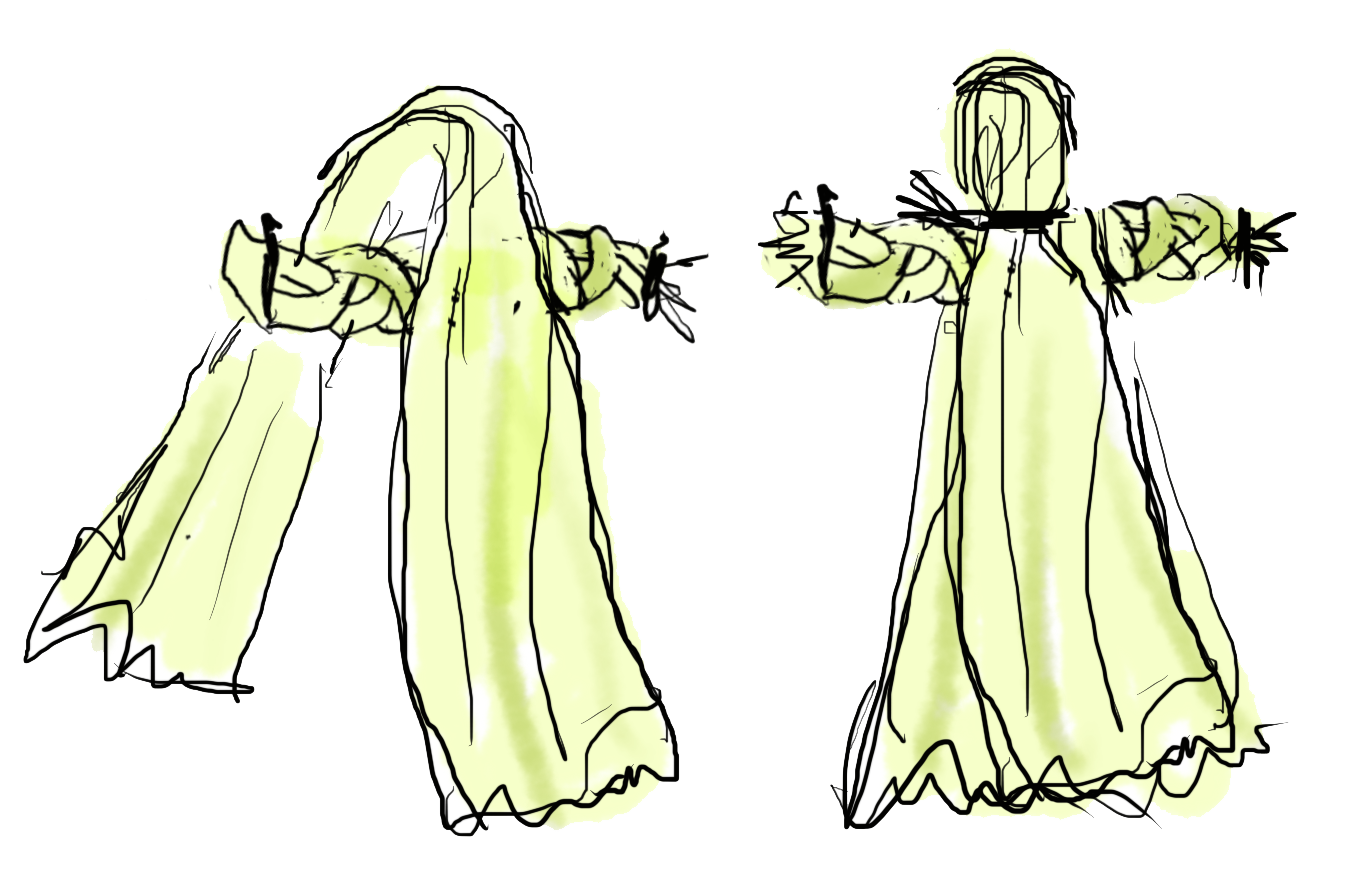
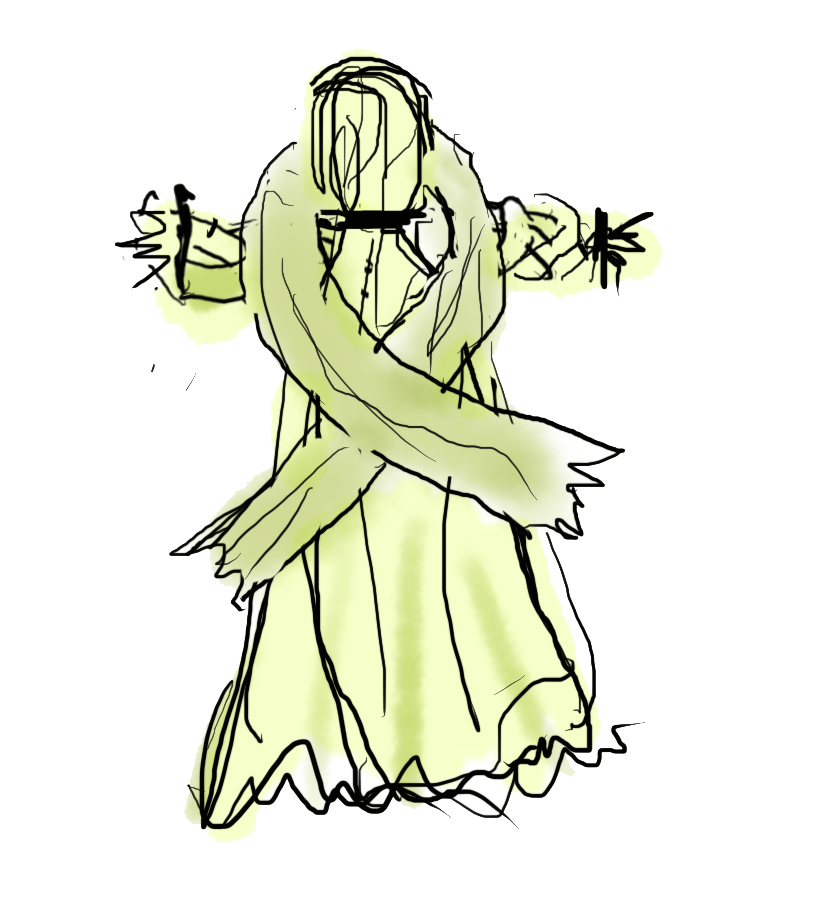
Then take a strip of husk and place it over the “shoulders” like a cloak. wrap it over the front and cross them over each other. Then tie the whole thing again just under the arms to make the waist.
Fluff out the skirt, you can tear the husks into smaller strips if you like. I never add hair, but you could glue some on if desired. Use more torn husk or corn silk.
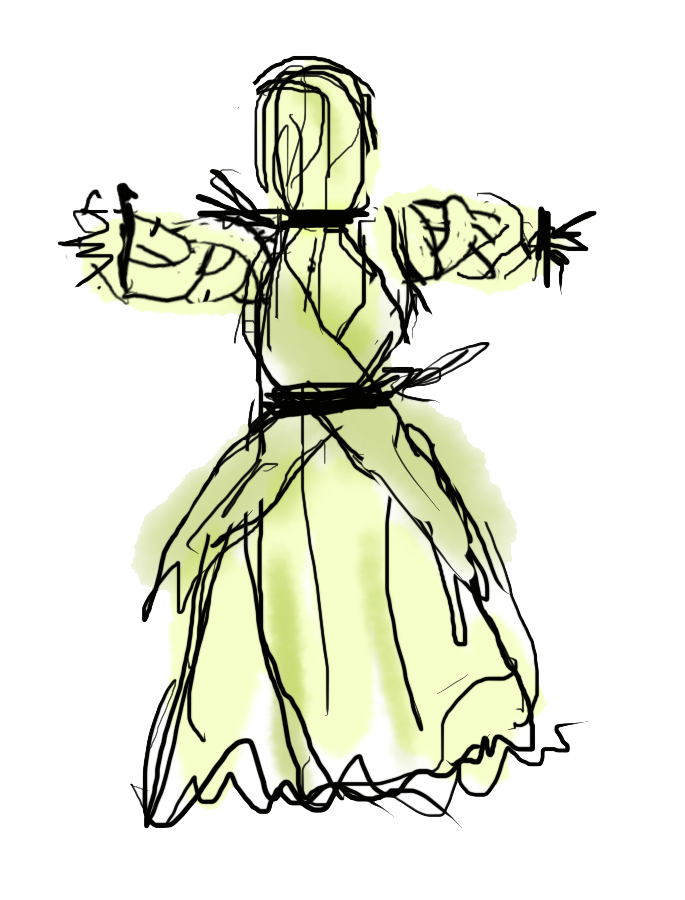
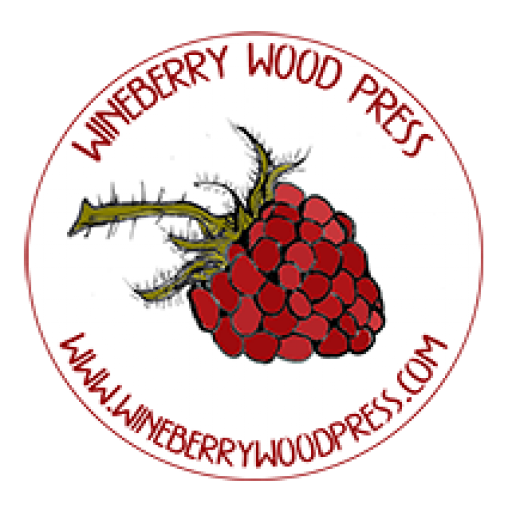
[…] Autumn Equinox Corn Dolly […]
Thank you for sharing. X
Think I can do this. Lol
You can!